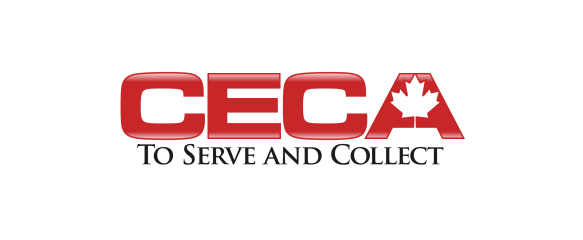Understanding Soft Collection vs. Hard Collection in Debt Recovery
In Canada, debt collection is a regulated process governed by laws and guidelines aimed at protecting both debtors and creditors. Two common terms used in the realm of debt collection are “soft collection” and “hard collection.” While both involve efforts to recover outstanding debts, they differ significantly in their approaches and implications.
Soft Collection:
Soft collection refers to the initial stages of debt recovery, typically conducted by the creditor or an in-house collection department. In soft collection, creditors attempt to contact debtors directly through various means such as phone calls, letters, or emails. The primary goal of soft collection is to remind debtors of their outstanding obligations and negotiate repayment terms in a non-confrontational manner.
During soft collection, creditors may offer flexible repayment options, such as extended deadlines or reduced interest rates, to accommodate debtors’ financial situations. They may also provide guidance on budgeting or refer debtors to financial counseling services to help them manage their debts effectively. Soft collection emphasizes maintaining a positive relationship between the creditor and the debtor, as it is often in the creditor’s best interest to recover the debt without resorting to more aggressive measures.
Hard Collection:
Hard collection, on the other hand, involves more assertive tactics to recover debts that remain unpaid despite initial soft collection efforts. When a debtor fails to respond to soft collection attempts or refuses to cooperate, creditors may escalate the matter to external debt collection agencies or pursue legal action.
Debts that enter hard collection are typically referred to third-party collection agencies or law firms specializing in debt recovery. These agencies may employ various methods to compel debtors to repay their debts, including increased frequency of contact, legal notices, and, if necessary, court proceedings. While hard collection tactics can be more aggressive than soft collection, they must still comply with relevant laws and regulations governing debt collection practices.
Implications for Debtors:
Understanding the distinction between soft and hard collection is crucial for debtors facing financial difficulties. Engaging with creditors during the soft collection stage provides an opportunity to negotiate repayment terms and avoid the potentially harsher consequences of hard collection. Debtors should respond promptly to communications from creditors, communicate openly about their financial circumstances, and explore available options for resolving their debts.
For debtors who find themselves in hard collection, it is important to be aware of their rights under Canadian debt collection laws. These rights include protection against harassment, misleading or deceptive practices, and unfair treatment. Debtors have the right to request validation of the debt and to dispute any inaccuracies or discrepancies. Seeking legal advice or assistance from consumer advocacy organizations can help debtors navigate the complexities of hard collection and assert their rights effectively.
Conclusion:
In Canada, debt collection encompasses both soft and hard collection approaches, each serving distinct purposes in the recovery process. Soft collection focuses on amicable resolution and cooperation between creditors and debtors, while hard collection involves more aggressive measures to recover unpaid debts. Debtors should be proactive in addressing their debts during the soft collection stage to avoid the escalation of the matter to hard collection. Understanding their rights and obligations can empower debtors to navigate the debt collection process with confidence and mitigate its adverse effects on their financial well-being.

